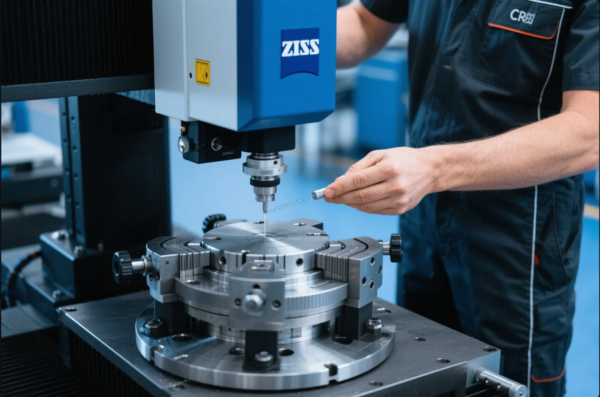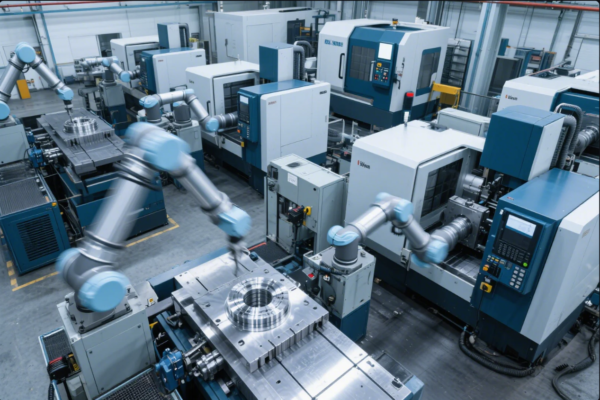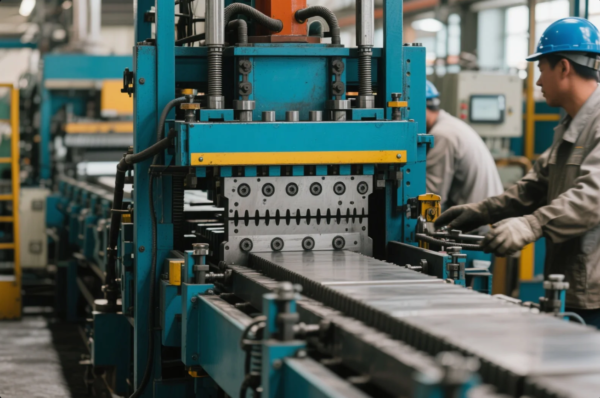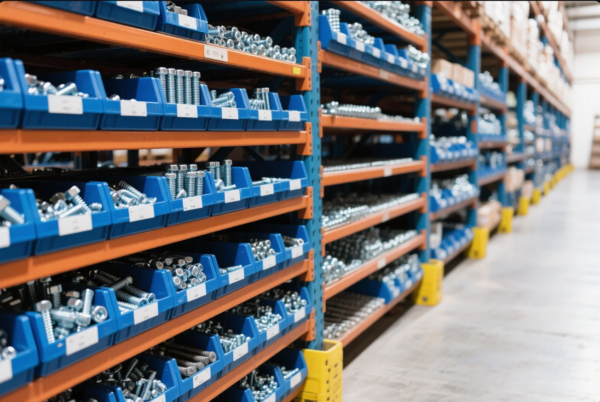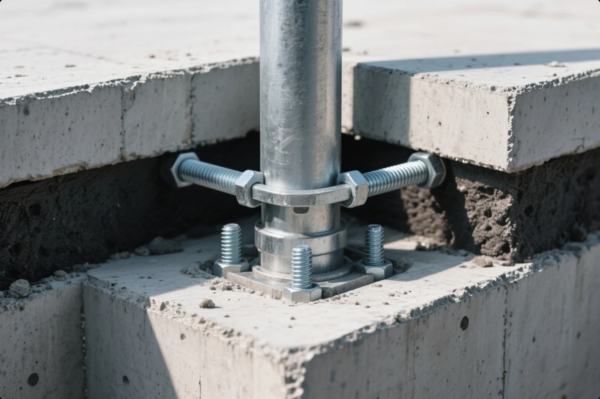What is Considered Structural?
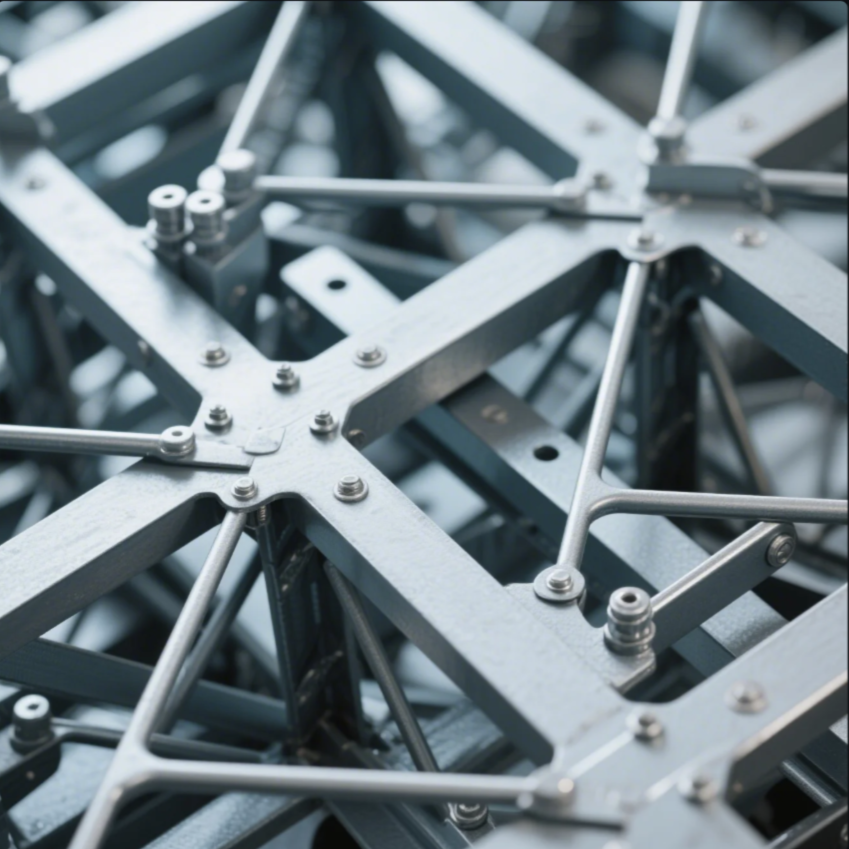
In both construction and other systems, the term "structural" refers to components that provide support, strength, and integrity to the overall system or framework. Understanding what is considered structural helps us identify the parts that ensure a system’s functionality and stability. In this article, we’ll explore what is considered structural in construction, home inspections, and other contexts.
Snippet paragraph:
Structural components are those that provide support and stability to a system. Let’s dive into what is considered structural in construction, home inspections, and more.
Transition paragraph:
Let’s take a closer look at what parts are considered structural in various contexts, from buildings to home inspections.
What is Considered Structural in Construction?

In construction, structural elements are components that contribute to the strength, stability, and overall integrity of a building or structure. These parts ensure that the building can withstand the forces it faces, including weight, environmental stress, and external impacts. The main structural elements in construction include beams, columns, foundations, frames, walls, and roofs.
Snippet paragraph:
In construction, structural parts like beams, columns, foundations, and frames provide the necessary strength and stability for the entire building.
Dive Deeper
- Beams: Horizontal components that carry weight across open spaces, typically transferring the load to columns or walls.
- Columns: Vertical components that bear compressive loads and transfer the weight of beams and floors to the foundation.
- Foundations: The base of a structure that anchors it to the ground and ensures the weight is evenly distributed across the soil.
- Frames: A combination of beams and columns that forms the skeleton of a building. Frames provide the overall structure and stability.
- Walls: Some walls, especially load-bearing walls, provide structural support, while others are non-structural and serve as enclosures.
- Roofs: The uppermost part of the structure, which supports its own weight and helps protect the building from environmental elements.
These structural components are designed to handle various loads and forces, from the building’s own weight to environmental pressures like wind and seismic activity.
| Structural Part | Function | Example |
|---|---|---|
| Beams | Horizontal load-bearing components | Bridges, Floors |
| Columns | Vertical supports for weight and pressure | Skyscrapers, Piers |
| Foundations | Distribute weight to the ground | Concrete foundations |
| Frames | Provide the overall structure and support | Buildings, Bridges |
| Walls | Enclose and support the structure | Load-bearing walls |
| Roofs | Provide protection and structural stability | Roof beams, Roof trusses |
What is Classed as Structural?
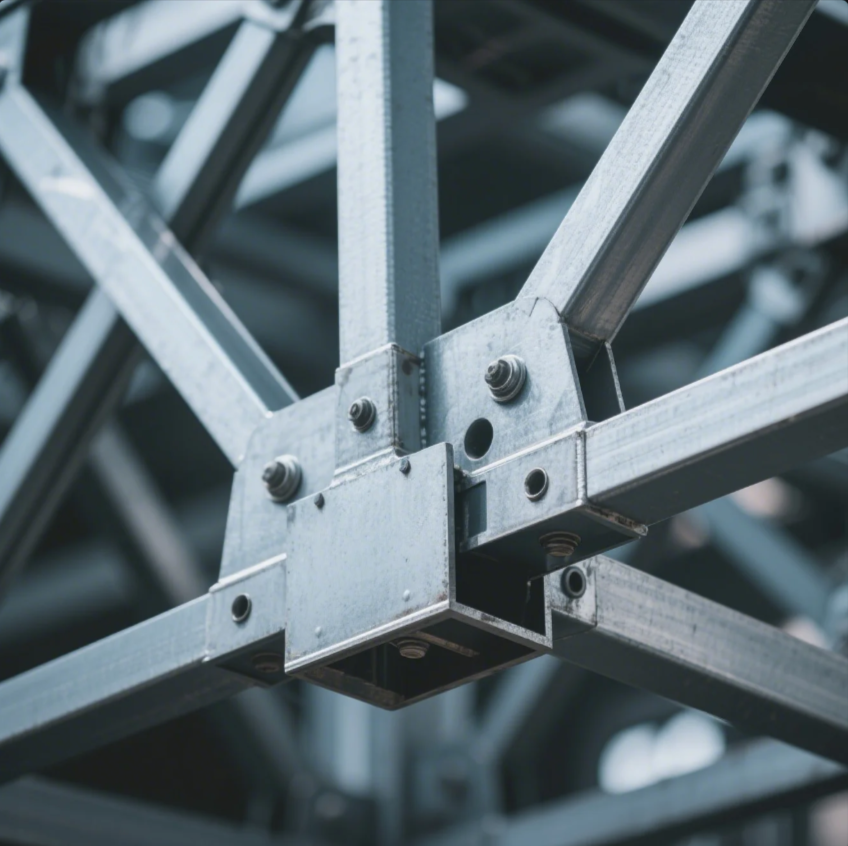
Structural refers to components that provide support, stability, and the ability to withstand various forces or loads. In any system—whether it’s a building, machine, or vehicle—structural elements are those that bear the weight, support other components, or contribute to the overall integrity of the system. These components are essential for the system to function effectively and safely.
Snippet paragraph:
Structural parts are those that provide stability and support, such as beams in buildings or the frame in vehicles. They ensure the overall system can bear forces and perform its intended function.
Dive Deeper
In buildings, structural components include:
- Beams and columns that support weight.
- Walls that enclose the space and provide support (load-bearing walls).
- Foundations that transfer the structure's weight to the ground.
- Frames that provide the skeleton of the structure.
In vehicles, structural components include the frame or chassis, which supports the weight of the vehicle and houses various systems, such as the engine, suspension, and wheels.
In machines, structural parts like the frame, housing, and support brackets contribute to the machine’s functionality and stability.
| System Type | Structural Component | Function |
|---|---|---|
| Building | Beams, Columns, Walls | Provide support and distribute loads |
| Vehicle | Frame, Chassis | Support vehicle components and provide stability |
| Machine | Frame, Housing, Support brackets | Provide structure, rigidity, and functionality |
What Are Examples of Structural?
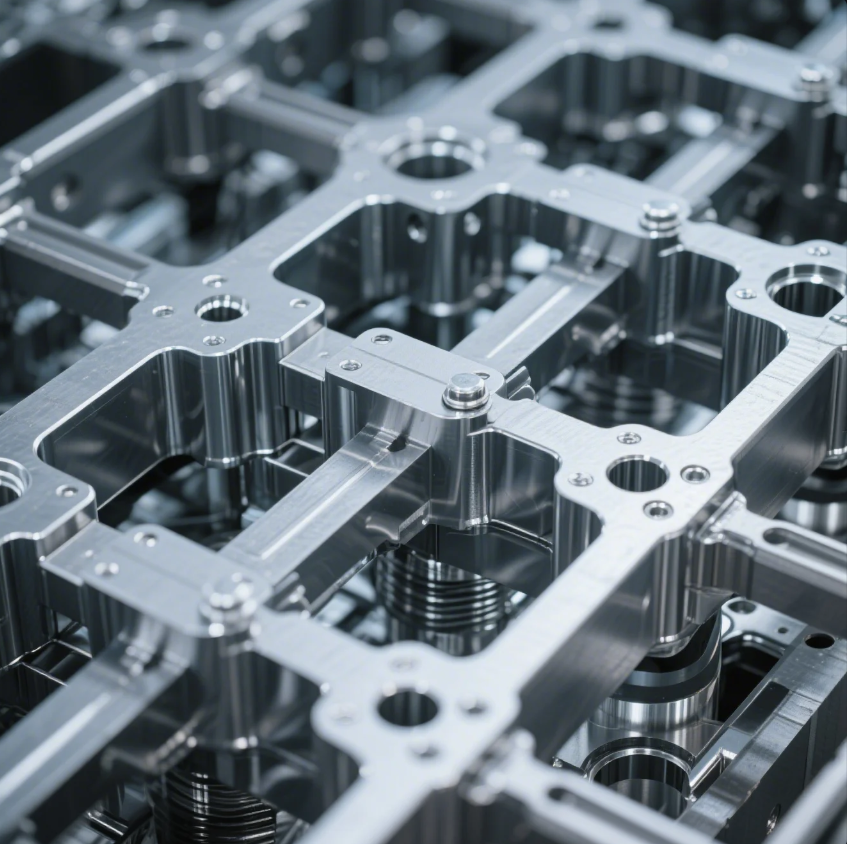
Structural components are found in many systems, including buildings, machinery, and vehicles. These components support the system and ensure it functions effectively and safely. Examples of structural components include beams, columns, frames, foundations, and walls in construction, as well as the frame or chassis in vehicles.
Snippet paragraph:
Examples of structural components include beams, columns, and frames in buildings, and frames and chassis in vehicles. These parts provide support and stability to the system.
Dive Deeper
Here are some key examples of structural components across different fields:
-
In Buildings:
- Beams: Carry weight and distribute it to columns.
- Columns: Provide vertical support for beams and floors.
- Foundations: Anchor the structure to the ground and distribute its weight.
-
In Vehicles:
- Frame: Provides structural integrity, supporting the car’s systems and protecting the occupants.
- Chassis: Houses the vehicle’s critical components, such as the engine and suspension system.
-
In Machines:
- Frame: Forms the skeleton of the machine, providing support for moving parts.
- Housing: Protects internal components and maintains the machine’s shape.
| System Type | Example Structural Part | Function |
|---|---|---|
| Building | Beams, Columns, Foundations | Support weight and maintain stability |
| Vehicle | Frame, Chassis | Provide structural integrity and support |
| Machine | Frame, Housing | Protects and supports moving parts |
What is Considered Structural in a Home Inspection?

In a home inspection, structural components are those that affect the stability and integrity of the building. These elements include foundations, beams, columns, roof framing, and walls. The purpose of a home inspection is to identify potential issues with these structural elements that could pose safety risks or lead to costly repairs.
Snippet paragraph:
In home inspections, structural elements like foundations, beams, and roof framing are checked for stability and integrity to ensure the safety and longevity of the home.
Dive Deeper
-
Foundations: Inspecting the foundation involves checking for cracks, shifting, or signs of settling. A stable foundation is crucial for the integrity of the entire building.
-
Beams and Columns: These elements are examined for signs of wear, sagging, or damage. They support the weight of the building and ensure it doesn’t collapse.
-
Roof Framing: The framing of the roof is inspected for signs of sagging, rot, or other issues that could compromise the building’s structure.
-
Load-bearing Walls: These walls are responsible for supporting the weight of floors and the roof. Cracks or shifting in these walls can be a sign of structural issues.
-
Floors: Uneven or sagging floors can indicate structural problems, often related to foundation issues or load-bearing support.
| Structural Part | Inspection Focus | Potential Issues |
|---|---|---|
| Foundation | Check for cracks, shifting, or settling | Settlement, cracks, moisture damage |
| Beams and Columns | Inspect for sagging, warping, or damage | Weakness or failure to support weight |
| Roof Framing | Check for sagging, rot, or water damage | Structural instability, roof collapse risk |
| Load-bearing Walls | Look for cracks or shifting | Weakness in structural support, collapse |
| Floors | Check for unevenness or sagging | Foundation settlement, structural failure |
Conclusion
In conclusion, structural components are the foundation and framework of any system, whether it’s a building, vehicle, machine, or home. These components provide the necessary support and stability, ensuring the system functions as intended. Understanding what is considered structural in different contexts—construction, vehicles, or home inspections—helps us recognize the critical elements that keep a system safe and functional. In construction and home inspections, the integrity of structural elements like beams, foundations, and walls is essential for ensuring long-term stability and safety.

